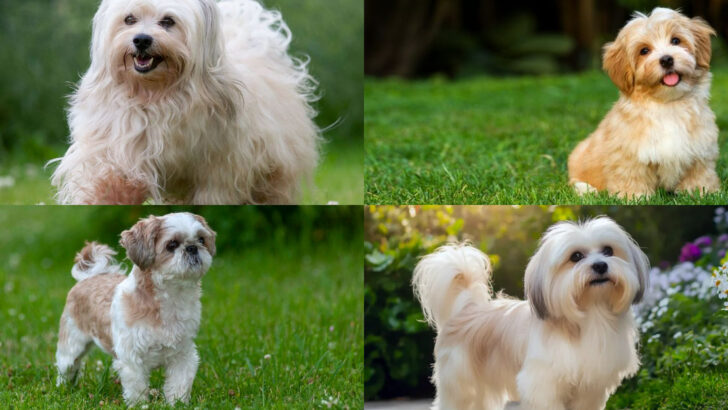They’re small, fluffy, and outrageously adorable—but don’t let their similar looks fool you. The Shih Tzu and Havanese may seem like twins at first glance, but these two breeds are worlds apart in personality, history, and even the way they move.
One hails from the royal palaces of China, bred to lounge in luxury. The other?
A lively little entertainer with Cuban roots, always ready to charm a crowd. Their differences go beyond just heritage—everything from their coats to their quirks sets them apart.
So, how do you tell these lovable pups apart without second-guessing yourself? From their temperament to their tails, we’ve broken down 11 key differences to settle the debate once and for all.
Whether you’re picking a new furry friend or just love a good dog showdown, this guide will make sure you never mistake a Havanese for a Shih Tzu again!
Coat Texture

The Shih Tzu is known for its luxurious, silky coat that requires regular grooming to maintain its smooth texture. In contrast, the Havanese sports a fluffy coat that can be straight, wavy, or curly, offering a more casual appearance.
While the Shih Tzu’s coat tends to fall gracefully, the Havanese’s fur often has a lively bounce. These differences in coat texture not only affect their grooming needs but also contribute to their overall appearance.
Regular brushing is essential for both breeds, but their distinct coat types offer unique styling opportunities.
Size and Build
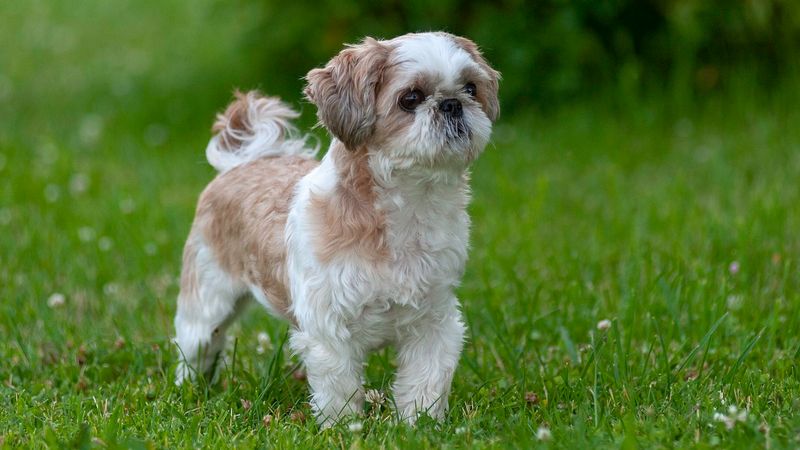
Shih Tzus typically have a sturdy, compact build with a solid frame that exudes strength. On the other hand, Havanese are known for their lighter, more agile physique.
Despite their similar heights, the Shih Tzu’s body is often more robust, while the Havanese’s slender build lends itself to playful agility. This difference in build can influence your choice if you’re looking for a breed that suits either a more active or a relaxed lifestyle.
Both breeds are adaptable, but their physical differences are quite notable.
Face Shape

A key difference between these breeds lies in their facial structure. Shih Tzus feature a distinct flattened face with a shorter nose, giving them a characteristic expression often described as ‘smushed’.
The Havanese, however, has a slightly longer muzzle, providing a different facial profile. This variation not only affects their appearance but can also impact breathing, with Shih Tzus sometimes experiencing issues related to their brachycephalic (short-nosed) structure.
Understanding these facial differences can help potential owners choose based on health considerations and aesthetic preferences.
Tail Carriage
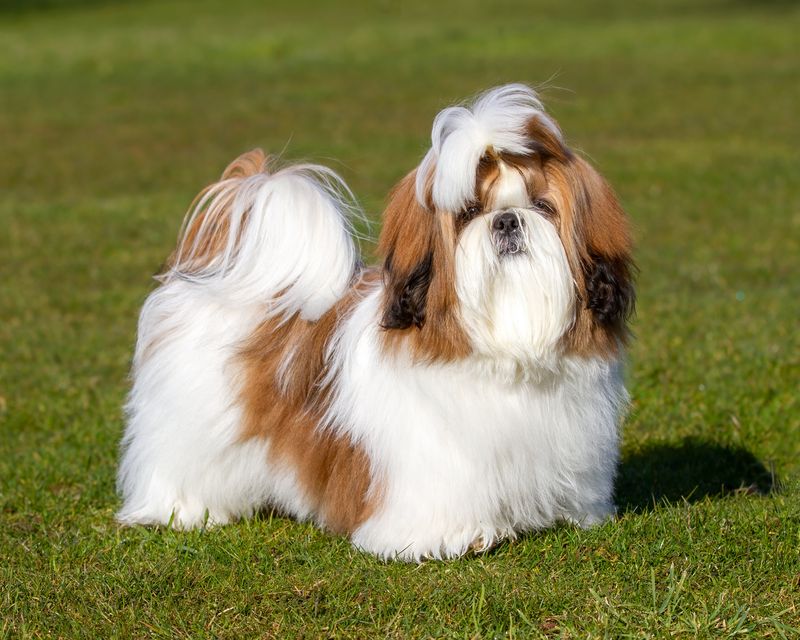
The way these breeds carry their tails can be a telling sign of their identity. Shih Tzus are known for their tails that arch over their backs, creating a rounded silhouette.
In contrast, the Havanese carries its tail high, often in a plume-like fashion, giving it an elegant flair. This distinctive tail carriage not only adds to their charm but can also be a practical indicator when distinguishing between the two breeds.
Observing their tails can provide a quick clue about their breed, especially when they are in motion.
Ear Shape and Position
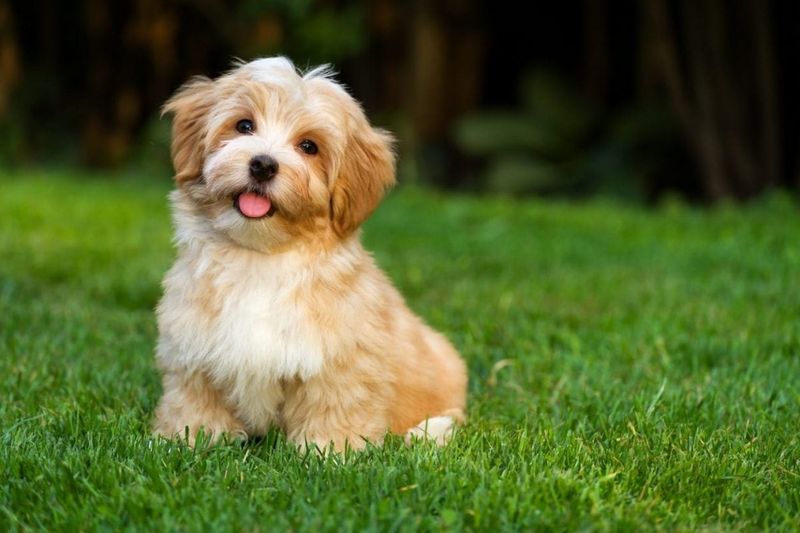
Ear shape and positioning provide another clue to distinguishing these breeds. Shih Tzus have floppy ears that hang more closely to the sides of their head, giving them a softened appearance.
Havanese, however, have ears that are set higher and often fold over in a distinct way, enhancing their alert and lively look. This difference can affect their overall expression and is a charming characteristic to note when trying to tell them apart.
Observing the ears can offer insight into their breed-specific traits.
Temperament Traits
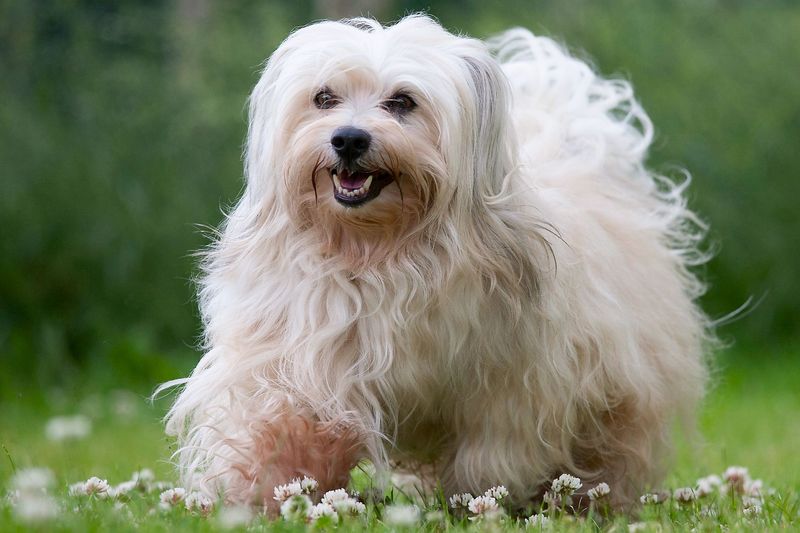
These breeds differ in their temperament as well, with Shih Tzus often being more independent and stubborn, yet affectionate with their families. Havanese are generally described as more social and eager to please, thriving on interaction and companionship.
These traits can influence how they respond to training and socialization. Choosing between these breeds may come down to the kind of companion you desire—whether you prefer a more self-reliant friend or a sociable, family-oriented pet.
Their personalities are as distinct as their appearances.
Exercise Needs
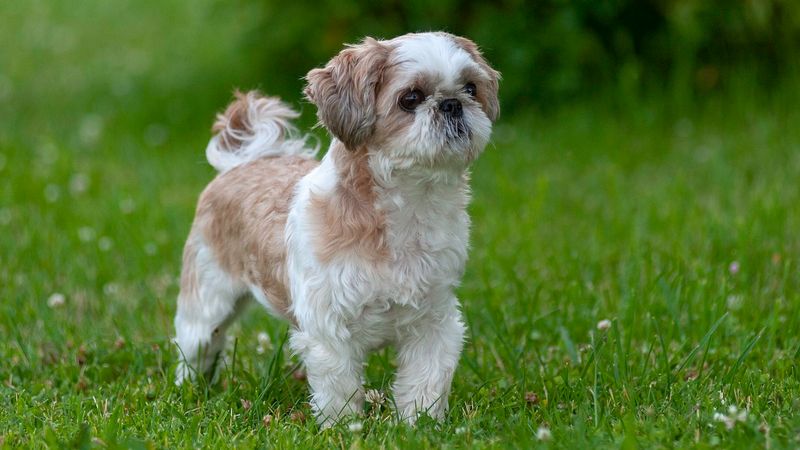
Exercise requirements vary between these two breeds. Shih Tzus, while playful, often prefer moderate activity levels and can be content with short daily walks.
In contrast, Havanese are more energetic and enjoy engaging in longer play sessions and active outings. This difference in energy levels means that Havanese might be better suited for more active families or individuals who enjoy outdoor activities.
Considering your lifestyle and activity preference can guide you in choosing the breed that aligns best with your daily routine.
Grooming Requirements

Grooming is an essential aspect of caring for these breeds. The Shih Tzu’s long, flowing coat demands regular grooming to prevent tangles and matting, often requiring professional grooming sessions.
The Havanese also requires grooming, but its coat is generally easier to manage, especially if kept in a shorter style. This ease of maintenance can make the Havanese a preferable choice for those with limited time for grooming.
Both breeds, however, benefit from regular brushing to keep their coats healthy and clean. Grooming needs are a critical consideration for potential owners.
Origin Stories
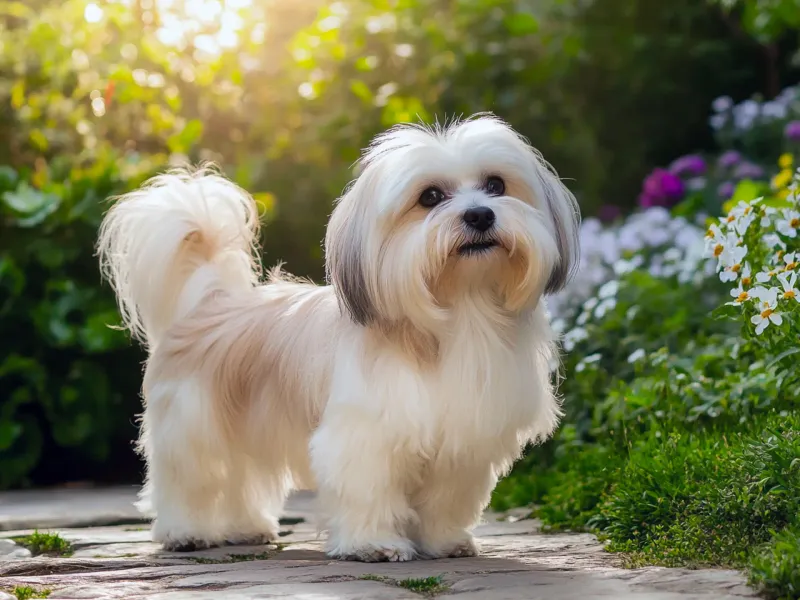
The Shih Tzu hails from ancient China, often associated with royalty and esteemed as a palace companion. This breed’s noble lineage is reflected in its dignified demeanor.
The Havanese, on the other hand, originated in Cuba, where it was bred as a companion dog for Cuban aristocracy. Its cheerful disposition reflects its vibrant cultural roots.
Understanding these origins provides insight into their historical roles and how their past influences their present-day behavior and characteristics. Each breed carries a rich history that contributes to its unique personality.
Popularity Trends

Popularity trends have seen both breeds enjoy the spotlight, but at different times and for varying reasons. The Shih Tzu’s regal bearing and affectionate nature have made it a favorite among dog lovers worldwide.
Meanwhile, the Havanese’s playful spirit and adaptability have contributed to its rise in popularity, especially among families. Understanding these trends can provide context on why certain breeds are favored at different times, reflecting changing lifestyles and preferences.
Popularity can influence availability and demand, affecting your choice when seeking a new pet.
Health Considerations

Health is a vital consideration when choosing between these breeds. Shih Tzus, with their brachycephalic structure, may face respiratory challenges and require attentive care.
In contrast, Havanese tend to be more robust but can be prone to hip dysplasia and other joint issues. Regular veterinary check-ups and preventive care are essential for both.
Understanding these health nuances can guide you in providing the best care for your pet and anticipating potential medical needs. Health considerations should play a significant role in your decision-making process.

